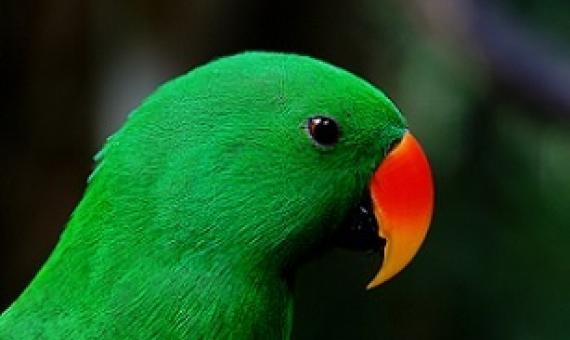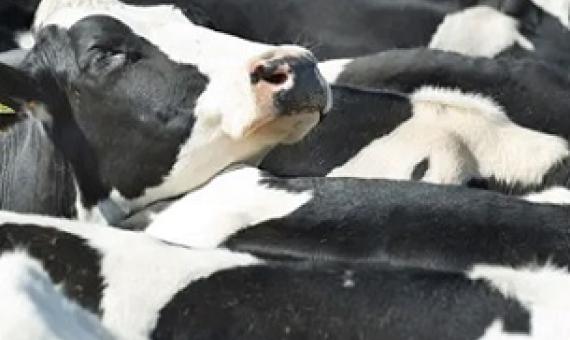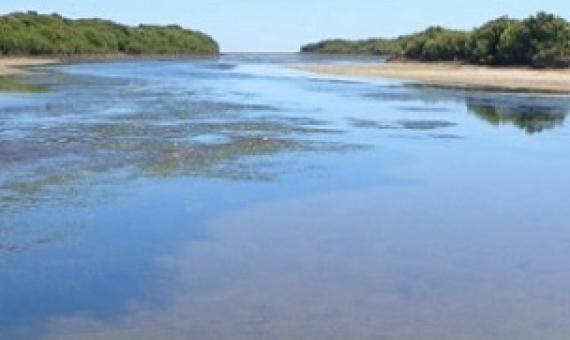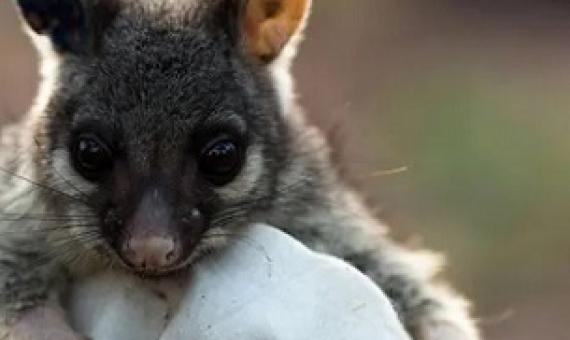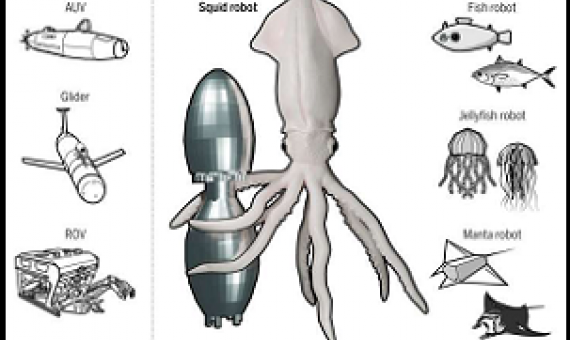New research from West Virginia University biologists shows that trees around the world are consuming more carbon dioxide than previously reported, making forests even more important in regulating the Earth's atmosphere and forever shift how we think about climate change.
Researchers working with the Intergovernmental Science-Policy Platform on Biodiversity and Ecosystem Services (IPBES) reviewed more than 2,000 studies to determine how environmental decline is affecting human well-being.
Underestimating the Challenges of Avoiding a Ghastly Future
We report three major and confronting environmental issues that have received little attention and require urgent action. First, we review the evidence that future environmental conditions will be far more dangerous than currently believed. The scale of the threats to the biosphere and all its lifeforms—including humanity—is in fact so great that it is difficult to grasp for even well-informed experts. Second, we ask what political or economic system, or leadership, is prepared to handle the predicted disasters, or even capable of such action.
Far beneath the ocean surface, a cacophony of industrial noise is disrupting marine animals’ ability to mate, feed and even evade predators, scientists warn. With rumbling ships, hammering oil drills and booming seismic survey blasts, humans have drastically altered the underwater soundscape
Nearly one-third of parrot species are threatened with extinction, and a new study concludes that current protected areas are not sufficient to protect parrot diversity, overlapping with only 10% of the geographic range of all parrot species.
The global food system is the biggest driver of destruction of the natural world, and a shift to predominantly plant-based diets is crucial in halting the damage, according to a report.
The virtual conferencing that has replaced large, in-person gatherings in the age of COVID-19 represents a drastic reduction in carbon emissions, but those online meetings still come with their own environmental costs, new research from the University of Michigan shows.
Australians love their beaches, and now a new study also confirms the broad appeal of other coastal assets such as tidal wetlands, nature trails and protected areas including bird and dolphin sanctuaries.
Human activity is fundamentally altering the distances the world’s animals need to move to live, hunt and forage, according to a study that examined the impact on more than 160 species across six continents.
A robot inspired by the shape and delicate underwater movements of a jellyfish, allowing it to safely explore endangered coral reefs, was unveiled by British scientists on Wednesday.




